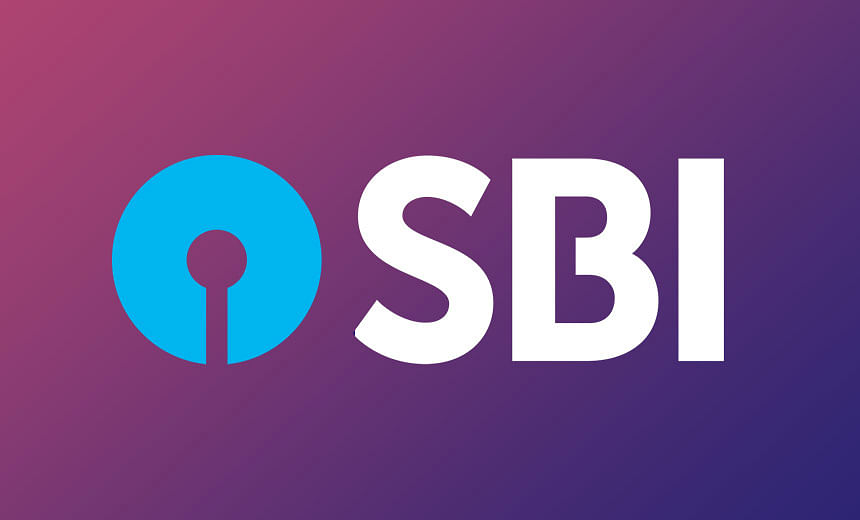
Higher Education Enrolment
- PC : tvo.org
Enrolment in higher education institutions has seen an increase of 8.2 millions from 2010-11 to 2016-17, according to the All India Survey on Higher Education (AISHE).
"There is an increase in overall enrolment from 27.5 millions in 2010-11 to 35.7 millions in 2016-17 and improvement in Gross Enrolment Ratio (GER) which is a ratio of enrolment in higher education to population in the eligible age group (18-23) years, from 19.4 per cent in 2010-11 to 25.2 in 2016-17 which is a significant achievement," Human Resource Development (HRD) Minister Prakash Javadekar said, citing the survey.
He expressed hope that a GER ratio of 30 per cent would be achieved by 2022.
The report also highlighted the growth in the sector such as the number of universities and undergraduate institutions.
"In last five years, the GER of Muslims and other minority communities has been slow. From 4.15 per cent GER of the Muslim youth (age group of 18 to 23 years) in 2012-13, it is just 4.90 per cent in 2016-17," the survey found.
"The survey also indicates that more efforts are needed for Gender Parity Index," it added.
In last five years, the student population of higher education between the age of 18 and 23 have increased by 35 lakhs.
"The government is aiming at 50 per cent GER in next three to five years. While there are just 9.3 per cent colleges exclusively for girls, there are 15 women exclusive universities across 10 states," Javadekar said.
While there has been a significant increase in the number of universities and colleges in last five years, the biggest share is shared by the state private and public universities.
Among the colleges too, majority of them are private colleges.
Majority of the colleges (59.34 per cent) are located in rural areas.
Bangalore has emerged as the major education hub with the biggest cluster of colleges (1,025), followed by Jaipur and Hyderabad with 635 and 487 respectively.
The survey covers all the higher education institutions in the country. Identified nodal officers from each institution were primarily responsible for collecting and uploading the data on AISHE portal.









